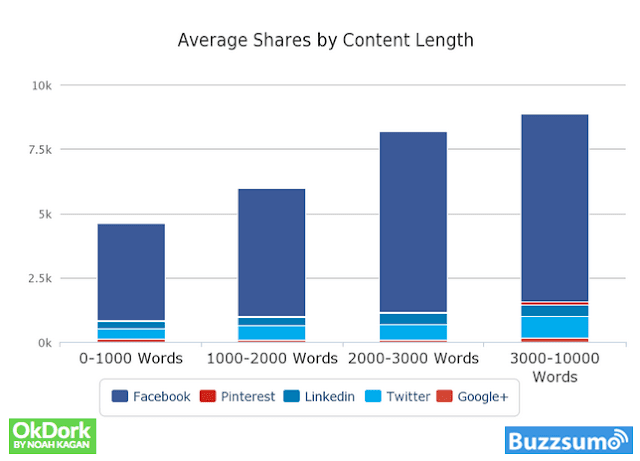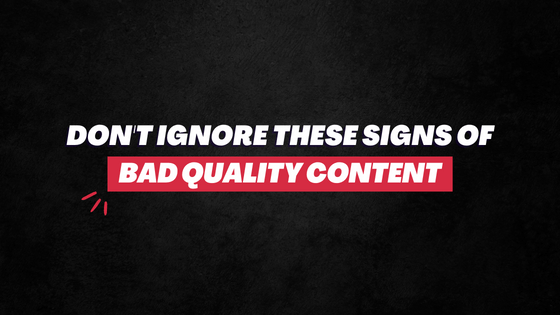In simple words, pillar content is a piece of content that stays relevant even one year from now, bringing your website a consistent amount of traffic.
It’s a piece that doesn’t get outdated quickly.
Even after a few years, with slight modifications, you can continue using this article to attract visitors, engage them, and generate leads.
Your audience would find this piece just as much resourceful tomorrow as they do today.
Pillar Content Example
Say you have a blog on stock trading. And you have published 2 articles:
- 3 Reasons why the stock market crashed today.
- A Comprehensive guide for beginners to invest in the stock market
The first post is time-bounded, which readers would find useful only for a couple of days maybe.
However, the second post would be just as significant years from now as it is today. Because the process of learning, and then investing, in the stock market would never change, would it?
So, the readers can refer to this post not just today but even many months and years from now.
In short, the second post is pillar content.
Recommended Read: FREE Content Marketing Tools List
Pillar Content: 5 Basic Features
- It is not time-bounded. (It isn’t “newsy”.)
- It is usually very comprehensive.
- It can be broken into multiple subsets. These subsets can also act as standalone content.
- It is aimed to provide readers with in-depth knowledge of any particular topic.
- It is produced with the intent to bring traffic today, as well as months, and even years, from now.
What Type of Pillar Content Can You Publish?
- Long-form content — guides, how-to, listicles, reviews
- Research report
- Content curation
- Frequently Asked Questions (FAQs)
- EBook
- Case studies
There are many more. It depends on the niche you’re in and what goals you’re chasing.
Why create pillar posts?
There are seamless benefits of pillar content.
For instance, if you’re a one-person team blogger who’s looking to make a full-time earning off this path, evergreen content can turn your luck upside down. (No kidding!)
1. Pillar Content SEO
The correlation between pillar content and SEO is quite evident. Google and Bing love detailed and highly resourceful content.
These posts reduce bounce rate, increase dwell time.
Also, they are more likely to get backlinks. All these things combine to enable your site to rank higher on the search engine result pages.
2. Readers Love it
If it’s not news-related or entertainment-based, nobody wants to read thin content that bakes half-hearted information.
Depending on their needs, there are people who prefer extensive, pillar content because they get more help from such articles.
This one is very well evident in the fact that articles between 3000-10000 words get the most number of social shares.

So if you aren’t already creating pillar content, start today.
Recommended Read: The Myth of 1,890 Words Long Articles – Long-Form Content and SEO
Pillar Content Strategy
There are two simple strategies you can take up here:
Strategy #1: You can write long-ass content in one go. An article of 2000+ words that readers can read on one single page.
Strategy #2: You can divide one particular topic into different subsets. Now write small and individual posts on these subsets. In the end, connect these subsets (via Hyperlink) together to form a comprehensive story.
Continuing with our above-mentioned example…
Say you want to write a stock market investment guide for the beginners. Now you can divide this topic into multiple sub-categories like: are you qualified, get into that mindset, how much money you require, what are the things you need, technical analysis, understanding market trends, and so on and so forth.
On these individual categories, you write single, small posts. In the end, or as you go, you link these posts with each other to form a good, in-depth and seamless coverage of your topic.

Which strategy should you take up really depends on your own niche, as well as your needs and preferences!
If you have time, write detailed pillar posts. They are loved by search engines and are shared much more.
But if limited in time, you can split the topic into several subsets. And then complete them in small posts. In the end, connect them all together under one category name. Maybe also crunch them in an eBook and offer it to your subscribers as a lead magnet?
Recommended Read: Should You Write Long or Short Content?
They should be updated regularly…
One point that is worth mentioning is that pillar content needs to be “maintained”.
Because let’s admit it, there would come a time when some of its information would eventually go outdated.
So you need to update the information in such articles, as and when needed.
Even if everything is up-to-date, it’s usually a good content marketing strategy to repurpose your old content with different keywords, headlines, and meta descriptions – if the analytics show that such improvements are needed.
Recommended Read: 15 Steps To A Killer Content Marketing
Now that you know what is pillar content and how to create pillar content, what are you waiting for?! Get to creating such content.
Start producing such content and see your website traffic (and email list) change in the long run.



